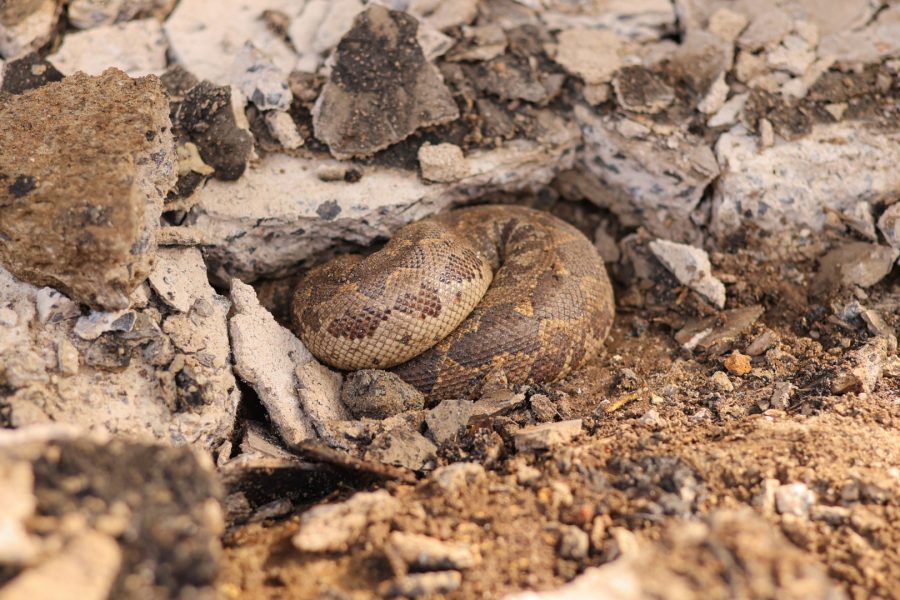The majestic Himalayas are known for their breathtaking landscapes, snow-capped peaks, and diverse ecosystems. Now, picture this stunning terrain with two animal species: the Himalayan brown bear and the Asiatic black bear. While it’s a delight for a wildlife enthusiast to witness the two, their presence here also raises some intriguing questions. How do these bears coexist in the same environment? What strategies have they developed to thrive side by side in one of the world’s most demanding ecosystems?
Habitat Preferences and Adaptations
The Himalayas are home to a remarkable coexistence of two of the eight bear species in the world: the Himalayan brown bear (Ursus arctos isabellinus) and the Asiatic black bear (Ursus thibetanus laniger). In India, the black bears’ range covers Arunachal Pradesh, Assam, Sikkim, and the union territory of Jammu and Kashmir (J&K). Brown bears are only found in J&K, parts of Himachal Pradesh, and northern Uttarakhand.
Both the brown bear and black bear species belong to the Ursidae family and have adapted to the challenging conditions of the mountains. Their existence in this environment makes them a vital part of the region’s biodiversity. While these bears share some similarities in their habitat preferences and behaviours, they also exhibit unique adaptations to their environments.
One key factor enabling the coexistence of brown bears and black bears is that the two species occupy different territories within the Himalayas. Brown bears are largely versatile, inhabiting a range of biomes including tundra, forests, and grasslands. In contrast, black bears prefer residing within moist forests, making conservation of wooded areas crucial for their survival. The bears’ adaptability extends to their dietary habits as well. Both species are omnivores, selecting their food based on location and availability. Their edibles include fruits, berries, insects, small animals, and more, with seasonal variations in food choices. This allows them to exploit available resources efficiently.
Coexistence Mechanisms
To understand how these bears coexist, it’s essential to explore their spatial and temporal (time-related) behaviours. Their use of habitat and activity patterns play key roles in mitigating any form of interference and competition between these species.
In the Great Himalayan National Park (GHNP) in Himachal Pradesh, both brown bears and black bears coexist, indicating spatial overlap. However, the two species display temporary segregation of space: both brown bears and black bears adjust their activity patterns according to time, with the latter tending to be more diurnal. This temporal divergence reduces direct competition for resources and enables peaceful coexistence between the coinhabitants. On the other hand, bears in the Bhagirathi basin in Uttarakhand showed spatial avoidance but similar activity patterns.
A study undertaken in China found that brown bears inhabit areas at lower elevations than black bears. Additionally, Asiatic black bears are more active during the day when they occupy the same habitat as brown bears.
Concept of Ecological Niche
This brings us to an interesting concept of an ecological niche. It is defined as a species’ unique role and address in the ecosystem, encompassing where and when they choose to live and how they interact with their surroundings. The two bear species have finely tuned their spatial behaviours, selecting different habitats within the Himalayas from alpine meadows to moist forests, to minimise direct competition. They’ve also synchronised their temporal behaviours, with one species being more diurnal when sharing space with the other, further reducing resource conflicts. Thus, ecological niche partitioning is nature’s way of ensuring that any two or more species can coexist harmoniously.
Three of India’s carnivores, namely tigers, leopards, and dholes, are also known to coexist despite being direct competitors for prey. The diet of these top-tier predators primarily consists of deer and boars, making resource competition a critical concern. However, the species have devised ingenious solutions for their coexistence. Typically, tigers and leopards tend to be more nocturnal, while dholes are diurnal, and they often inhabit different locations to avoid confrontations. This strategic division of time and space helps minimise rivalry, allowing each species to thrive within its niche.
Protecting the Bears of Kashmir
In the heart of the breathtaking Himalayas, Wildlife SOS has been at the forefront of conservation efforts to protect the precious Asiatic black bears and Himalayan brown bears. With a mission to ensure the survival of these species, the team operates two dedicated rehabilitation centres, namely Dachigam Rescue Centre and Pahalgam Rescue Centre. Here, we provide a safe haven for bears that cannot be reintroduced into the wild due to human-wildlife conflict. Our team offers the residents specialised care, medical attention, and a life free from the threats they once faced.
For instance, the Dachigam Rescue Centre is home to a young Himalayan brown bear, Sebastian, who once frequented the residential area in Sonamarg, Jammu & Kashmir. Due to his high dependency on human-associated food sources, the Wildlife Protection Department rehabilitated him at the centre. Similarly, the Pahalgam Rescue Centre is home to an Asiatic black bear named Zara, who was found huddled within the trunk of a burnt Chinar tree after her mother was attacked by villagers. She arrived at the centre as a distressed cub but now relishes climbing trees, bathing in her pool, and snacking on delicious treats.
You can support our work in conserving the bears of Jammu and Kashmir by making a donation.





